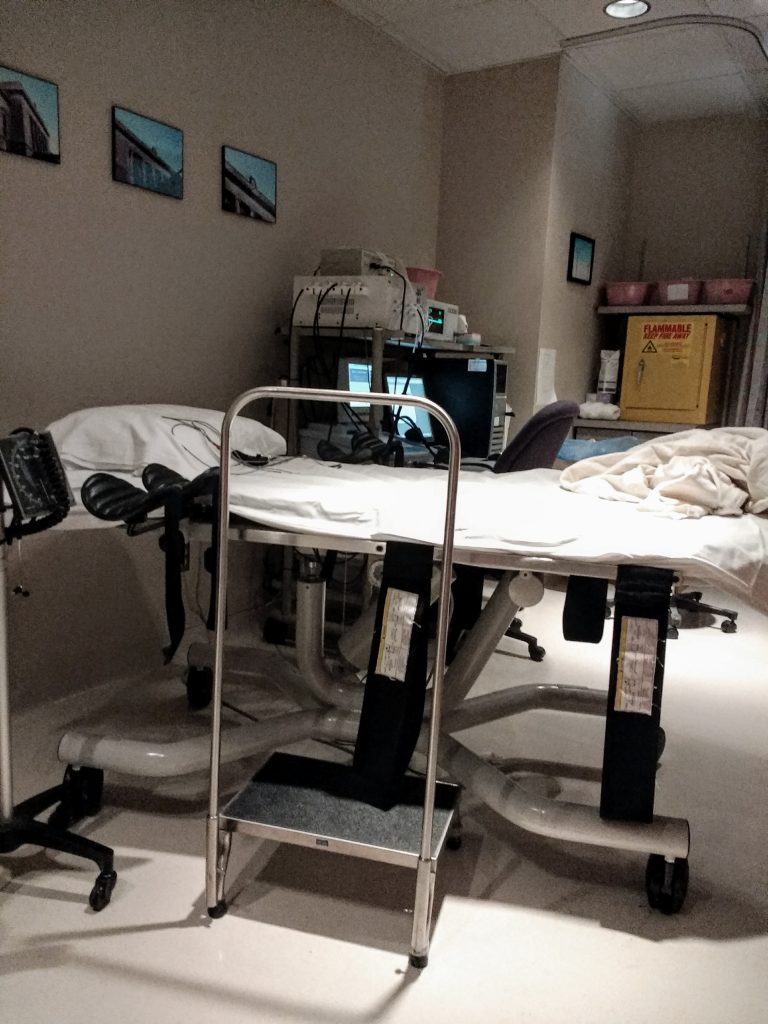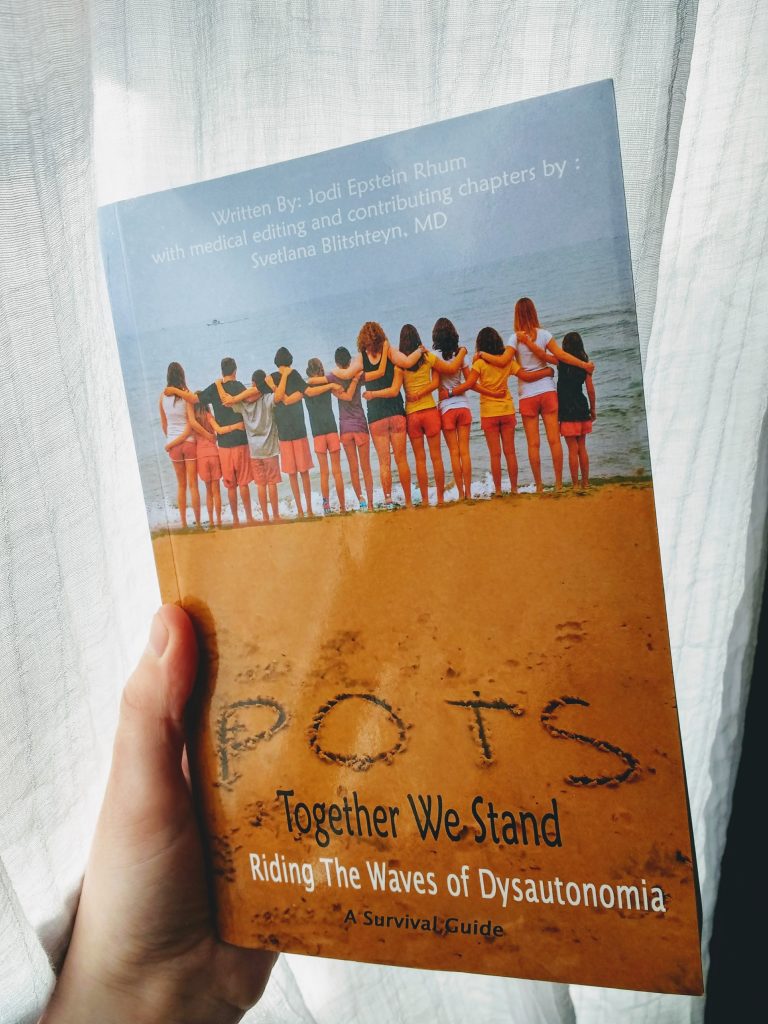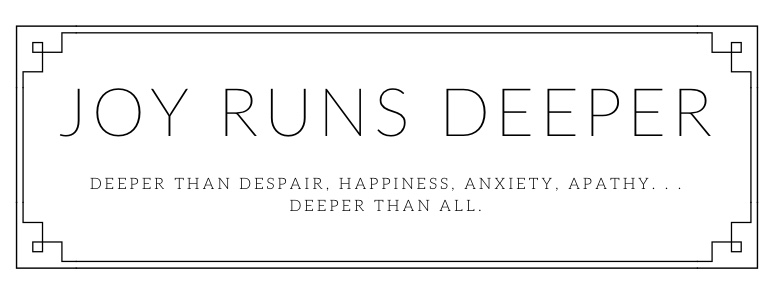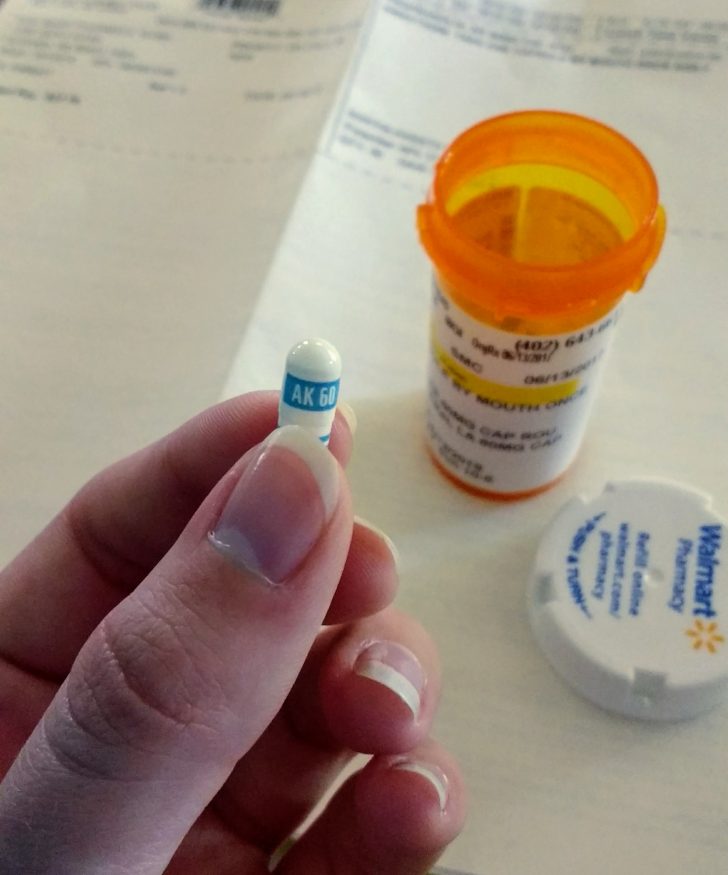Before I was diagnosed, as we were searching for an answer, the answer, to my pain, I saw diagnosis as a sort of “Holy Grail”.
I thought an answer would release me from this pain, surely. If we could only understand what was happening within my body, well then, we’d find out what was broken, and the doctors could fix it. (Spoiler alert! This belief–hope?–desperation?–never completely vanishes.)
But after diagnosis, I found that very little about this search had changed. Sure, now I had a name to help explain the symptoms, but it didn’t prove to be the answer I was seeking. Instead, more questions. More research. More unknowns.
The trouble with seeking diagnosis is that you may never be entirely sure what you are seeking. For example, as we were going to doctor after doctor searching for answers, my mother and I came up with so many possibilities (all that fit my symptoms well and seemed very probable at the time) that we went to see not only several family doctors, but specialist after specialist. Physical therapy, cardiology, chiropractic, neurology, acupuncture, osteopathy, as well as natural alternatives and my own life changes.
But all I wanted was a name. An answer. And so doctor after doctor, test after test, we kept seeking a diagnosis. And I thought if I just knew what was doing this to me, that would be enough.
It took me 7 doctors, and 7 years of constant pain before I finally got my diagnosis.

When the doctor first came in and looked at my charts after the tilt-table test, I felt ready to cry. From the sound of it, he didn’t think I had POTS, and I was preparing myself for another crushing disappointment. What now? I felt I was going back to square one. Then he told us that I had moderate POTS–it just wasn’t a severe form of dysautonomia, and that’s why the last doctor had told me I “wasn’t sick enough” to have Postural Orthostatic Tachycardia Syndrome.
But there it was. I had an answer.
He put me on a new medication. This would be it! After my terrible experience with the last doctor, I was sure that this was it. This doctor was a POTS specialist, so he knew just what to do. He could fix me.
Turns out that medication did. . . nothing.
I was almost not surprised, by the time I weaned myself off of it 6 months later. After toting the prescription around Europe, I was thankful to be off medication, but now what? Again, back to square one. I had an answer. . . but it provided no answers.
And this is the trouble with diagnosis. Often, answers never come.
(And I want to be clear that I am speaking of chronic illness and chronic pain, not mental illness, acute illness, or disease of any sort; those absolutely need diagnosis and can be cured or greatly helped through treatment. I’m speaking of that class of chronic illness into which POTS falls–treatment can help, but there is no known cure, and often the only thing that really does help is lifestyle changes, such as drinking more water, and wearing compression stockings. . . but lifestyle changes are another post for another day.)
Before I had ever heard of POTS, I had become convinced that the terrible and seemingly incurable pain must be the result of something awfully wrong inside of me–and after x-rays, blood tests, and treatments had all come back as clear, and multiple doctors had told me I “looked healthy” or I “should be fine”, I was convinced I had a tumor in my head. It seemed the only plausible answer left.
I still remember going in for my MRI.
The exact sweater I was wearing. The music they played as I kept my eyes shut tight, afraid to move and mess it up. The machine making noises, scaring me even with the headphones blaring music at me. The claustrophobia I felt. The needle in my arm. The gentle-voiced technician checking on me through the intercom. My mother sitting on the chair in the waiting room with my little brother as I came out, bleary-eyed, but relieved to be done.
And I remember when my doctor called–the test results were clear. I cried. I knew I should be happy but I no longer cared. All I wanted was an answer.

So what do you do when you finally have that answer?
This has been the struggle I’ve faced for the past 2 years. Because I, personally, go back and forth between ‘look for anything that can help!’ and ‘I don’t care anymore, I want to ignore it all and just live my life’.
I suppose these were both present before my diagnosis as well. I wanted to ignore the pain. But when I did, I caused more pain.
So what do you do, when you have a diagnosis, an ‘answer’, but no cure, no treatment? Do you keep searching for the answer, the doctor, the treatment, the. . . cure? Or do you learn to manage your symptoms as well as you can, without letting it control you, so you can simply live your life?
I’ll be honest. I don’t have answers. I wish I did. I always want to be the optimist, searching for new treatments and answers and ways to help my body function better. But I get exhausted. And I don’t want to think about it. (And, frankly, I’m not an optimist.) So I fall into the trap of “everything will be fine, I’ll just ignore it”. But then when that doesn’t work, I delve back into the research side, trying to find. . . anything. And exhaust myself again.
But how do you find the balance?
Well, here’s the thing with chronic illness diagnosis. Once you have a name, you begin to find a community. For 4 years, I hid my pain from everyone I could. My parents knew, and I’m sure my siblings as well, but no one else. I’ve written about this before, but it took me that long to finally open up to others and explain that it wasn’t just that I ‘got a lot of headaches’ like I’d always said, but I actually was in constant pain.
Once I actually learned to explain, I started realizing that I wasn’t the only one hiding this pain behind a well-rehearsed smile. And that I wasn’t weak for feeling it, but in fact, there were many others who had similar pain, but put on a brave face to hide it. Their chronic illness warrior face. And when I finally received a diagnosis for POTS, I could understand further what was happening in my body, what symptoms were actually tied together, and reach out to others that had dysautonomia and migraine, and learn from them.
When you receive a chronic illness diagnosis, it’s not like finding the holy grail. It’s not a one-and-done answer. Instead, it’s more like finding the yellow brick road. You may never find the elusive wizard “cure”, but you now have the tools to help you recognize the tin man, scarecrow, and lion, chronic illness warriors themselves, who will help you on your way–and as you traverse the road, you will build your own skills to help them too.



Hi Amalia, I’m sorry you have this chronic illness. I hope you can continue finding more ways to cope with it daily. Love, Aunt Ramona